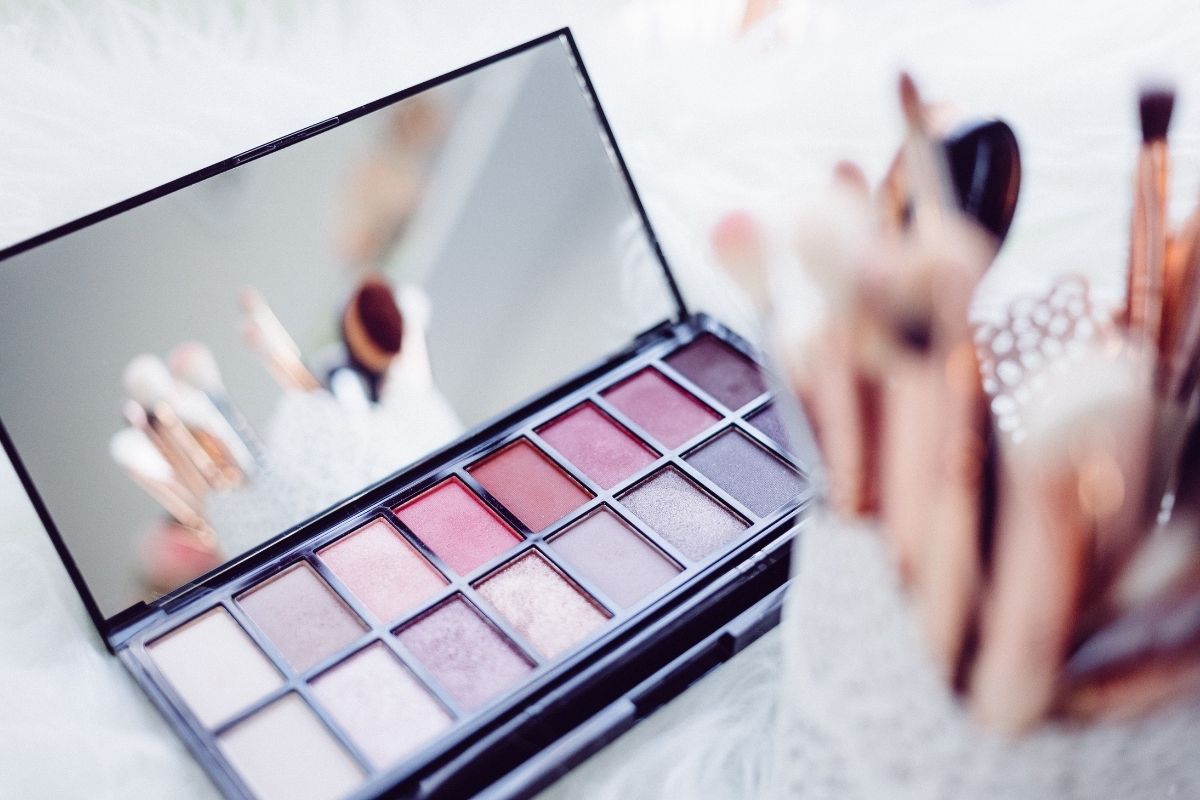Color in the World of Cosmetics: How the Pros Do It
How does a color consultant find the best colors for a client? First, you look for relationships, colors that relate favorably to your client’s skin tone, hair, and eye color.
You’ll go through a series of comparisons using drapes, makeup, or other diagnostic tools. To get the best results, your client usually is wearing no makeup and is under daylight balanced conditions.
You’re looking at the value and the brightness level of the coloring, the undertone of warm or cool, and the contrast level between hair and skin. The goal is to select colors that favorably enhance your client.
Colors in skin tones can be described as warm or cool. Warm colors are those with yellow in them and cool colors have blue in them. A person’s skin has a yellow undertone or a blue undertone, a cool or warm temperature – they’re interchangeable.
You’ll look at how light or dark your client’s skin tone and hair value are. People with lighter coloring look better in lighter colors, and those with deeper tones favor deeper shades. Also, consider if they have brighter or more muted coloring.
The result – your client knows which color palette is best for them and can use that palette to guide them. Everything will mix and match easily because it has natural harmony. This palette also applies to makeup and hair color.
In summary, you observe the value level – the degree of light or darkness in the skin/hair; the undertone – how warm or cool the skin/hair is; the chroma level – how bright or soft the person is; and the contrast level – the degree of contrast between hair and skin.
Like enhances like. People with warm skin tone and hair wear best warm colors, and those with cooler undertones will look better in colors that have more blues, lilacs, or rose in them. Most color consultants are entrepreneurs. If you want your own business, many people could benefit from a color analysis.


